I am trying to understand the switching pattern of Inverter and the Brake chopper while a 3-phase AC motor is in regenerative mode for example in Elevator case:
- When its Cabin is full and it is moving downward OR
- When its Cabin is empty and it is moving upwards.
In case (1) the Cabin is heavier than the counter-weight so it will accelerate downwards on its own. In Case (2) the counter-weight is heavier than the Cabin so it will accelerate downwards on its own and Cabin will move upwards.
There are 2 things that I cannot understand so far:
How does the Elevator Controller differentiate that the motor is in Braking mode or Driving mode? That is how does the above two cases are detected? Is it that the Controller always assume that it has to drive the motor and it starts switching the Inverter in drive mode but if the motor currents are not as expected then it reverses its mode and goto the braking mode?
Once the Controller has detected (or decided) that the motor is in Braking mode then what is its switching pattern for the Inverter and the Brake-chopper? One possibility that comes to my mind is that all 3 HIGH side switches will be turned ON and all 3 LOW side switches will be turned OFF and the Brake-chopper will be turned ON until the ride is complete.
My understanding is very basic so far. Looking for its approval or corrections.
I am going through following sources:
